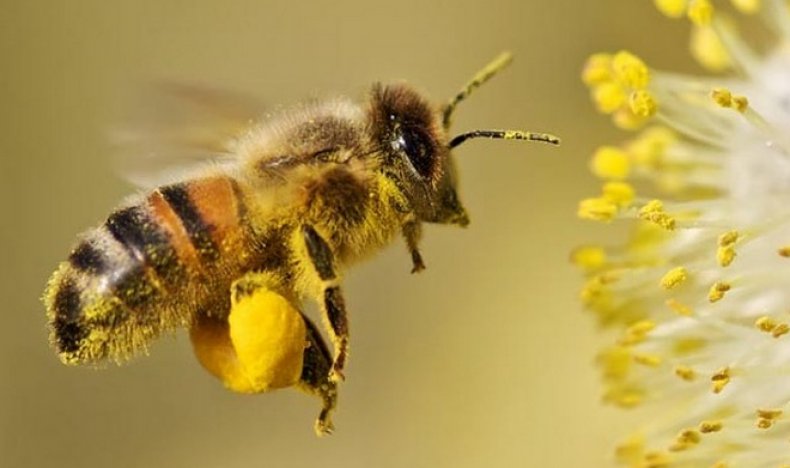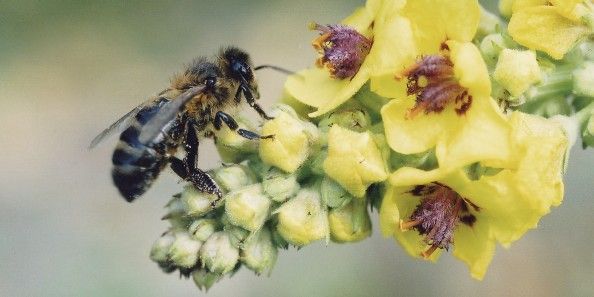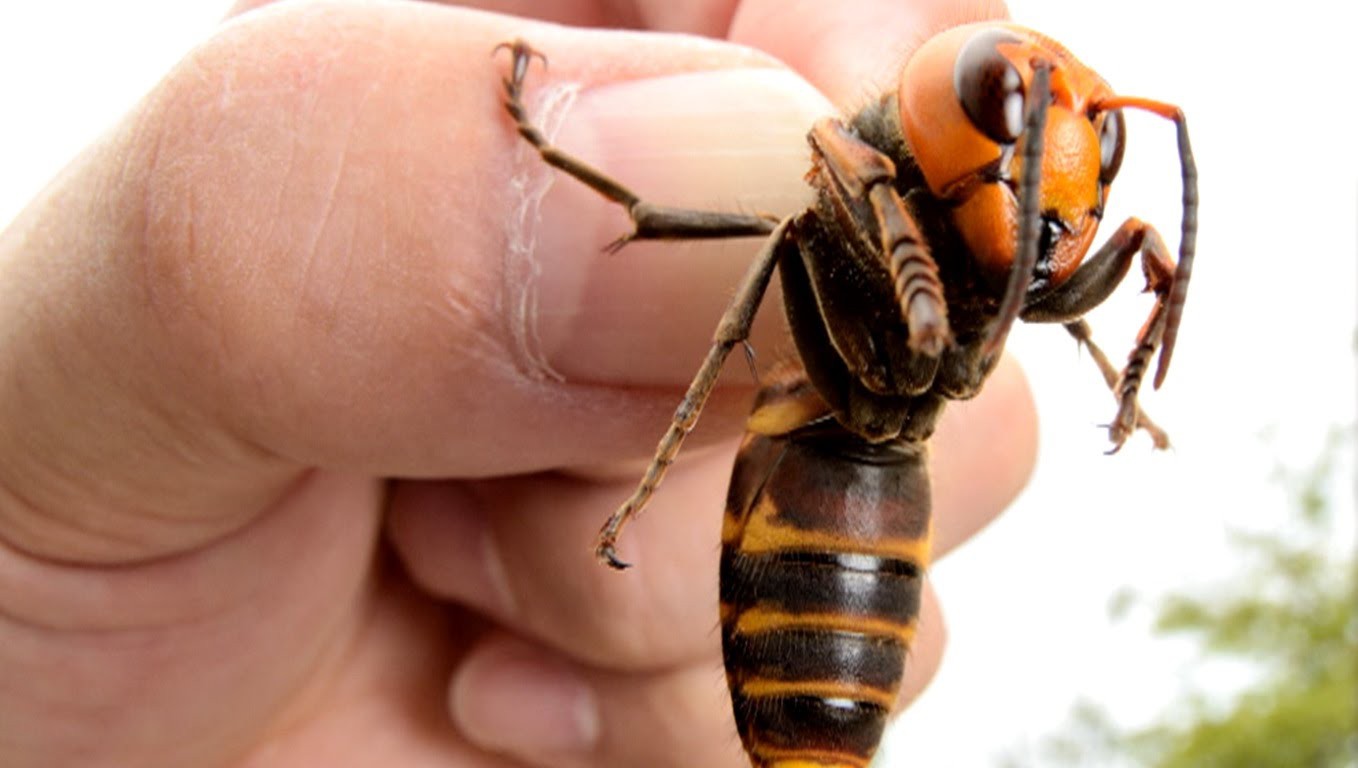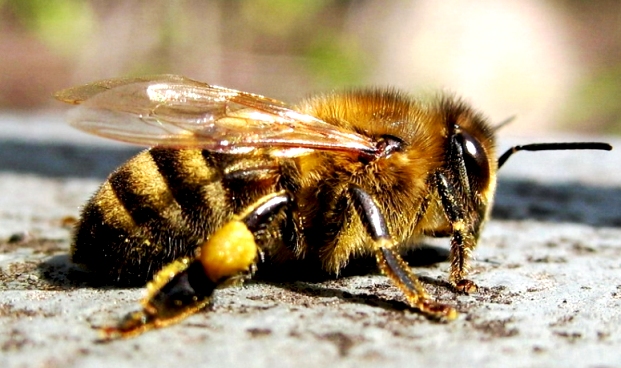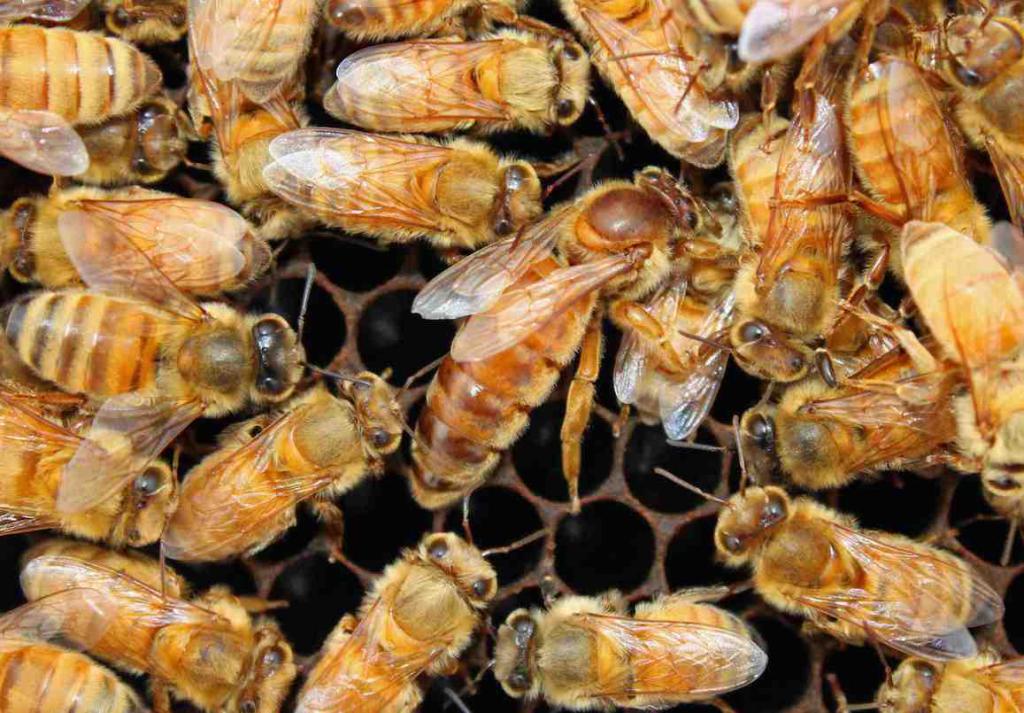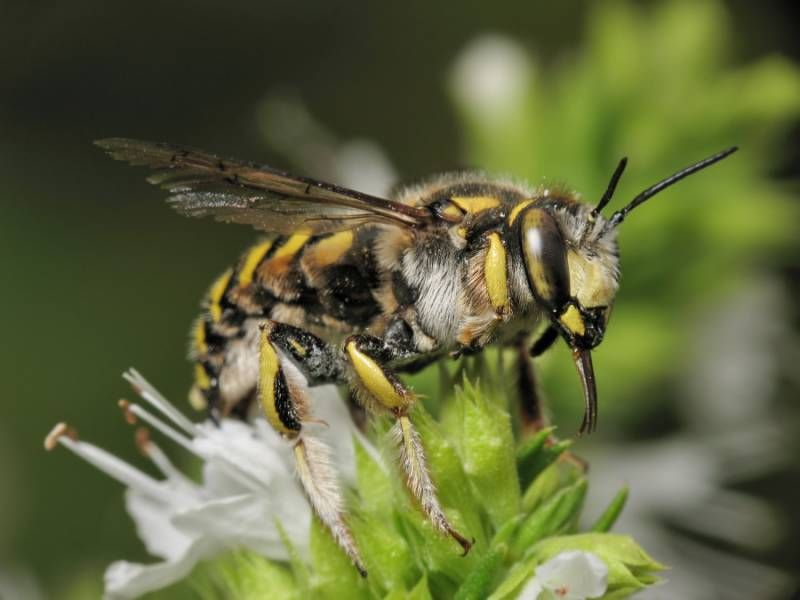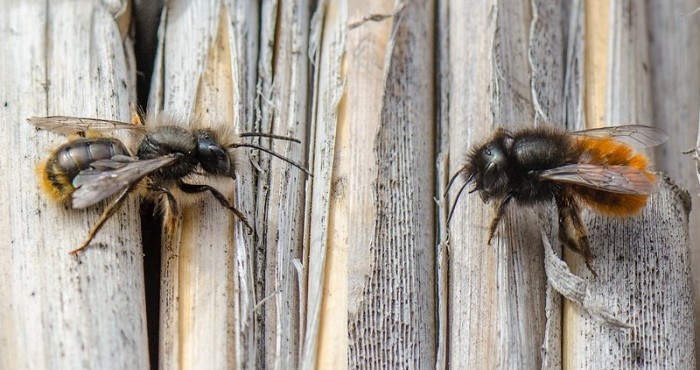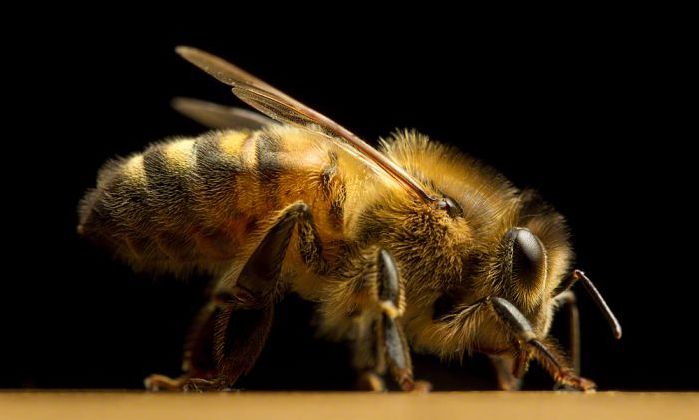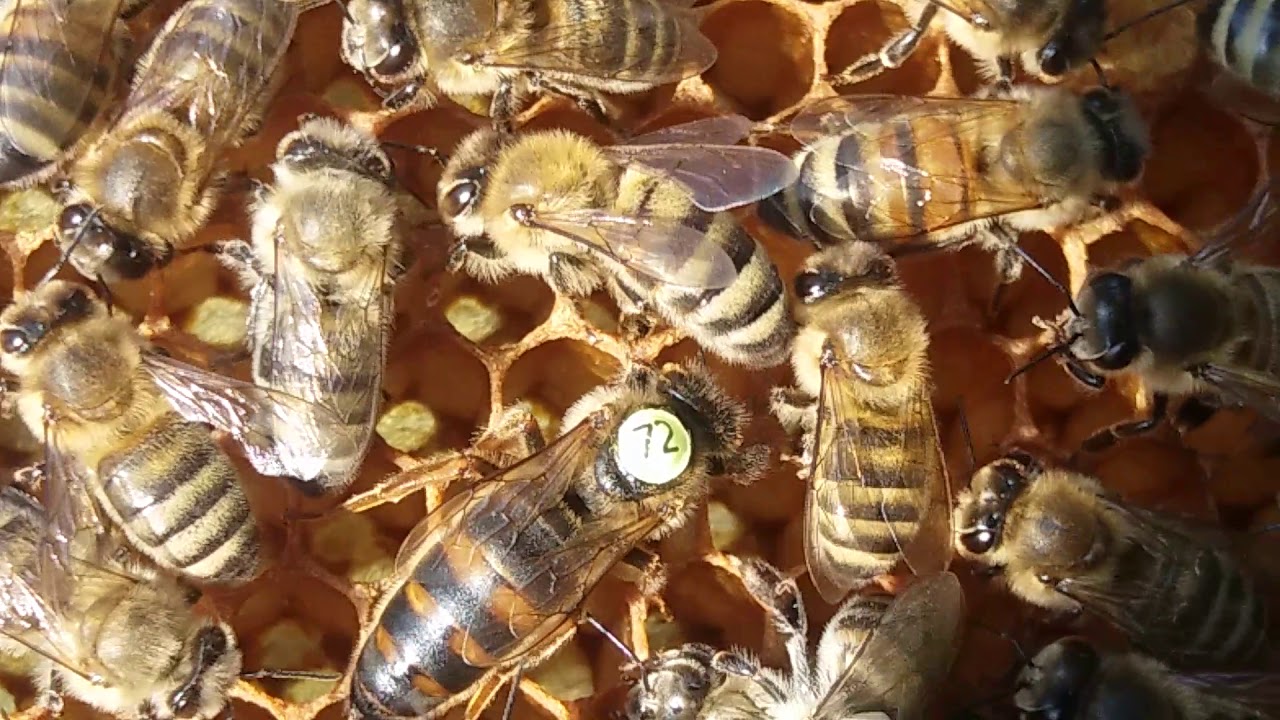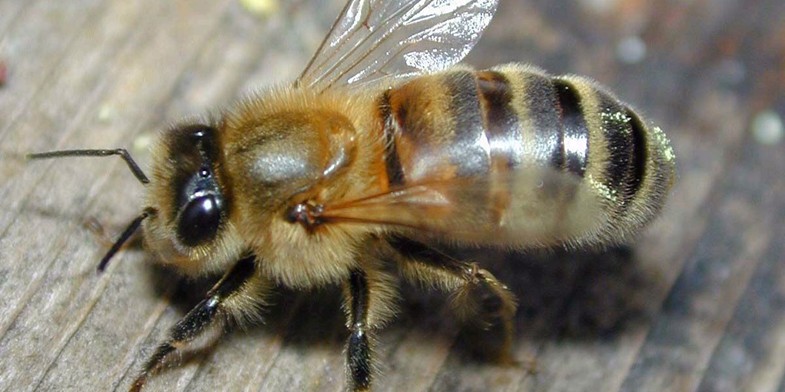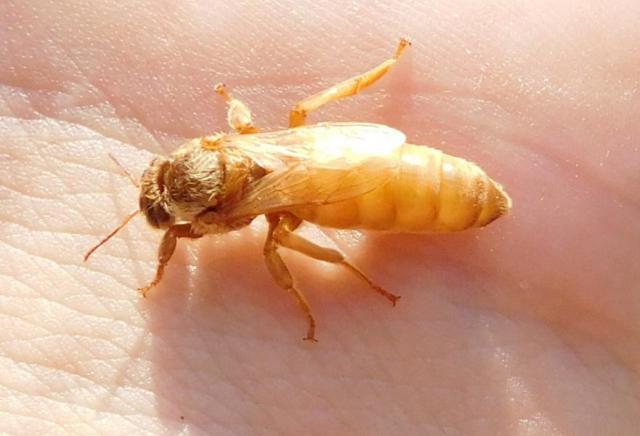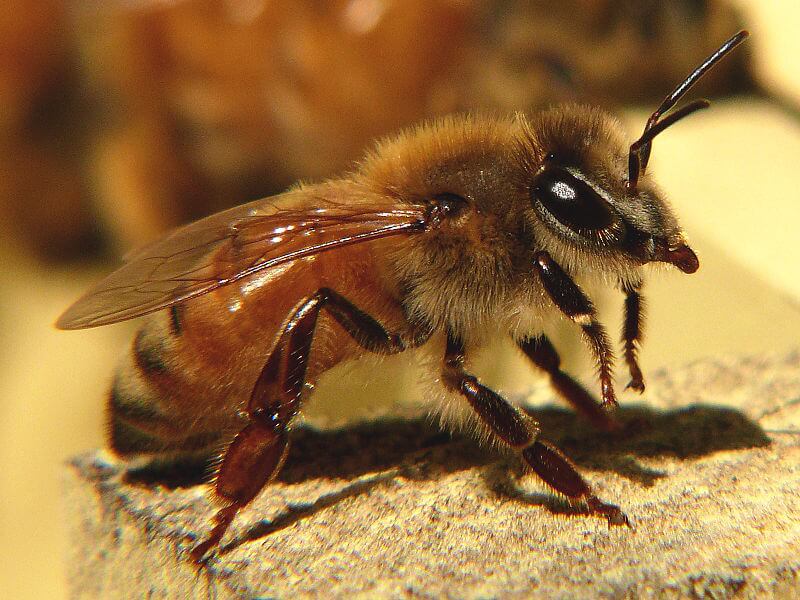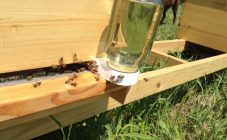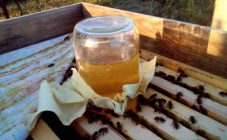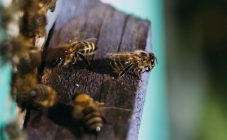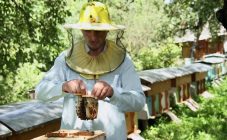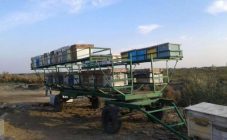Content:
Outwardly, all bees are similar to each other. But in fact there is a strict classification of these beneficial insects. Having studied the breeds of bees in more detail, it will be easier to distinguish between them and choose the appropriate species, taking into account the characteristics of the breeding region.
Main varieties
Having considered the most popular types of bees, it will be easier for a novice beekeeper to figure out which insect is best suited for him.
Melliferous
The honey bee is the most popular species. Its main feature lies in the special structure of the oral apparatus. It is more perfect than ordinary bees. The jaws are serrated. Antennae are elongated.
The uterus of this species is, in comparison with other breeds of insects, very large in size. Thanks to her, a large cluster of workers and drones develops, which actually produce honey. Hence the name of the breed.
The insect looks very interesting. His eyes are motionless but have full view. The bee has two very complex and medium-sized eyes.
The body is covered with short hairs, which are responsible for touch and prevent the bee from getting dirty.
Around May-June, honey bees create new colonies by swarming. Drones or males are hatched in the hive. In order for a new uterus to hatch, new cells are laid. After the appearance of a new queen, the old one immediately leaves the hive with half of the worker bees and looks for a new place for the nest.
Burzyanskaya
When considering all types of bees, one cannot fail to mention such a variety as the Burzyan bee. She is a Bashkir breed and is among the best dark ones. The insect prefers to settle on hills, collect nectar and pollen from linden and some other medicinal plants. Insect honey gives first-class honey.
The description of the bee can be given as follows. The body is dark gray, without yellow stripes. The size of the individual is large. The size of the proboscis in Burzyan bees is 5-6 mm.
The breed is very sensitive to weather changes, which affects its performance. The main difference between the species - the Burzyan breed can be called a rather hardworking bee. In good weather, insects can work up to 17 hours. With active work, they can collect a sufficient amount of the product. When compared with other varieties, the breed lags behind in productivity. This is due to the fact that the insect slowly gets used to new honey plants.
The breed is highly regarded for its hard work. But with a beekeeper, insects can be aggressive. Bees especially do not like it when their hives are checked and smoke is used.
Giant
Speaking of bee species, mention should be made of the giant bee species. It is a wild breed belonging to the Apidae family and the Apinae subfamily. This breed is especially common in Sri Lanka, Indonesia, India, the Philippines.
Huge bees have interesting features: drones, worker bees and queen bees are practically the same in size. So, the length of the body of the uterus and workers is 18 cm, of drones - 16 cm. The color of the breed is slightly yellowish.
Giant bees prefer to build hives in rock crevices or in trees. Cases were recorded when 27 kg of the product were found in the combs of this wild breed. If the hive is disturbed, the family will definitely attack the troublemaker. After that, the swarm will leave the hive and will never return to it. This behavior greatly facilitates the extraction of honey, as well as wax. There is no information on successful attempts to domesticate giant bees at this time.
North
Continuing the conversation about what bees are like, it is worth describing in more detail the northern bee. Its habitat is wide enough. These are mainly the northern regions: Altai Territory, Siberia and the Far East. Since the summer in these parts is very short, insects have very little time to collect nectar. In this regard, the breed has a particularly high working capacity.
The large northern bee can be distinguished from other varieties by its uniformity. This is directly related to the fact that the formation of the species began in the Ice Age.
Among the features of the species, the following points should be highlighted:
- high fertility of the uterus:
- excellent tolerance for long wintering in frost conditions;
- economical consumption of food by individuals during the wintering period;
- effective use of the short period of northern honey collection;
- excellent taste and healing qualities of honey;
- high resistance to a variety of diseases.
Gray mountain Caucasian bee
The natural habitat of the largest bee belonging to the Caucasian species is the Caucasus Mountains. Most often they can be found in Azerbaijan, Armenia and Georgia. Winters are short and not the most severe here; a huge number of honey plants grow in valleys and gorges.
Beekeepers have long been interested in Caucasian bees. But their active breeding began only in the middle of the last century. The breed has several different populations. The Caucasian bee has a very characteristic appearance. They have a silvery-gray color of chitin without yellow stripes.
Cordovan
The Cordovan bee variety was bred by American breeders from pure material. This variety can look different - they are three-lane, gray, and also golden. The species is highly resistant to disease. This bee is very peaceful. She has high productivity, after a strong bribe they do not squander.
Uterus, on average, retain their productivity indicator for up to 4 years. The breed is optimal for the production of royal jelly. Bees have a very highly developed building instinct. Since the bee requires minimal maintenance, it is ideal for both experienced and novice beekeepers.
Wintering is going well, individuals consume food very sparingly. Bees switch to a richer honey plant without much difficulty.
Woolly
Those who are interested in the big bee as it is called should pay attention to the woolly bee breed. The body length of this species of bees varies from 11 to 13 cm in females and from 14 to 17 cm in males. Their habitat extends to the territory of almost all of Europe. Females have a yellow head with a large black spot, and the middle and hind femora are reddish. The male has the seventh abdominal tergite with three teeth and the fore tibia, yellow in front.
For the construction of nests, bees prefer to choose ready-made natural cavities: abandoned other people's hives, snail shells, etc.For the construction of cells, cotton wool is used, which is made from the fluff of plants.
Woolly bees are solitary bees. They never form families and try to stay in very small colonies. Males are quite aggressive and drive away from the territory not only other male wool beetles, but also insects of other breeds.
Despite the fact that wool bitters have a sting, they use it extremely rarely. This is due precisely to the isolation of the breed. They have very small nests, and when a bee dies, all of its offspring, which are left without a breadwinner, die immediately.
Osmium
Osmium are a large genus of bees that belong to the Megachildae family. There are no less than three hundred and fifty species in total, spread throughout the world. About a third of bees live in Europe. This variety belongs to single species. Most of them are spring. Osmium nest mainly in free areas. Hollow stems of plants, empty shells of terrestrial molluscs, soil and wood are especially in demand. For construction work, insects use the brought mineral and plant materials.
In temperate latitudes, osmium hibernate in the adult stage in a cocoon. The average lifespan of an individual is about a month.
The size of the insect is average, the integument of many species has a metallic sheen and abundant pubescence. Males are distinguished by long antennae. As for females, their collecting apparatus is located on the lower abdominal surface.
Abkhazian
The Abkhazian is one of the varieties of the gray Caucasian mountain breed. The insect differs from the standard representatives of Caucasian bees by a higher indicator of endurance, working capacity, and also by a longer proboscis. The Abkhazian woman lives mainly in the crevices of the rocks, therefore the breed is often called a stone bee. For the rest, the individual does not differ significantly from the gray Caucasian mountain breed.
Bashkir
The Bashkir variety is considered the best among the dark species. It is common in most European countries, including Russia, and prefers higher elevations. A feature of the species is the fact that insects collect pollen mainly from medicinal plants. As a result, the honey they produce is of unrivaled quality.
Bees can also live in standard hives. The body of this variety is dark gray, without yellow stripes. The size is very large, the proboscis, on the contrary, is short. Its length is only 5.6 mm.
Insects are sensitive to the weather. Their performance depends on the air temperature. In rain and extreme heat, animals do not leave their hives.
Elgon
The Elgon Bee is descended from the Mine line of Kenya. This is a completely calm and not prone to aggressive melliferous breed, which is the result of crossing Buckfast and Mount Elgon. Genetically, she is 25% Monticola, 5% Hacharensis and as much as 70% Buckfast.
The variety is resistant to many diseases, especially the tick.
Hybrid Elgons are very hardy and highly productive. The uterus has a gray body.
Karpatka
Carpathian bee is quite worthy of mentioning among the most popular types of bees. The variety is very unpretentious to care for. It is especially common on the territory of Ukraine.
Despite the fact that the Carpathian is not very hardy, after wintering the individuals are full of energy.
This is an early variety of bees, whose honey is of excellent quality and has a good presentation.
Carpathians are highly resistant to pests and plants.
Italian
The Italian (or Ligurian) bee belongs to the honey species. As the name suggests, its homeland is the mainland of Italy.
The belly of the insect is striped, brownish-yellow. The body of the bee is somewhat flattened, the hairs are short. The proboscis length ranges from 6.3 to 6.6 mm. The uterus can lay from 2300 to 2500 eggs per day from early spring to late autumn.
This is a rather peaceful breed that can remain in the combs, including during the disassembly of the hive.
With good honey production, the breed demonstrates excellent performance, therefore it is known as good collectors. But if the honey plant is weak, the Italian species is significantly inferior to the gray mountain Caucasian ones.
Far Eastern
The Far Eastern breed, as the name implies, lives in the vastness of the Far East. This is not a breeding variety. It is often compared with the Central Russian, since they have much in common. Only Far Eastern bees are slightly smaller, which makes them more mobile and nimble. The color of insects is gray, with a slightly yellowish tinge. Bees are very peaceful, they almost never attack beekeepers. It is so easy to work with them that even the most inexperienced beekeepers have no problems.
The uterus lays about 1700 eggs during the day.
The largest bee in the world
The largest bee in the world is the Megachilt Pluto. She belongs to one of the most widespread families in the world. It's about Megachilidae. The popular genus includes at least 1,300 species. The bee likes to equip its homes in termite mounds. In order to properly equip it, the insect uses branches, twigs and tree trunks. The largest colony of the largest bees has 155 to 158 cells arranged horizontally.
Tinder bee
Beekeeping is aware of cases of the formation of families of tinder bees. Tinder bees are worker bees that can lay eggs. From them dwarf drones are obtained, completely incapable of fertilizing the uterus. If appropriate measures are not taken in a timely manner, the complete extinction of the family will soon occur. Outwardly, the tinderpot does not differ from the standard worker bee. It works just like the others.
How to determine the breed of bees
To establish the breed of bees, they are usually guided by three main exterior signs of insects:
- cubital index;
- discoidal displacement;
- proboscis length.
It is for these indicators that the breeds are especially different from each other. Pay attention to the color of insects. But this characteristic is not the most convincing, since species often interbreed with each other.
